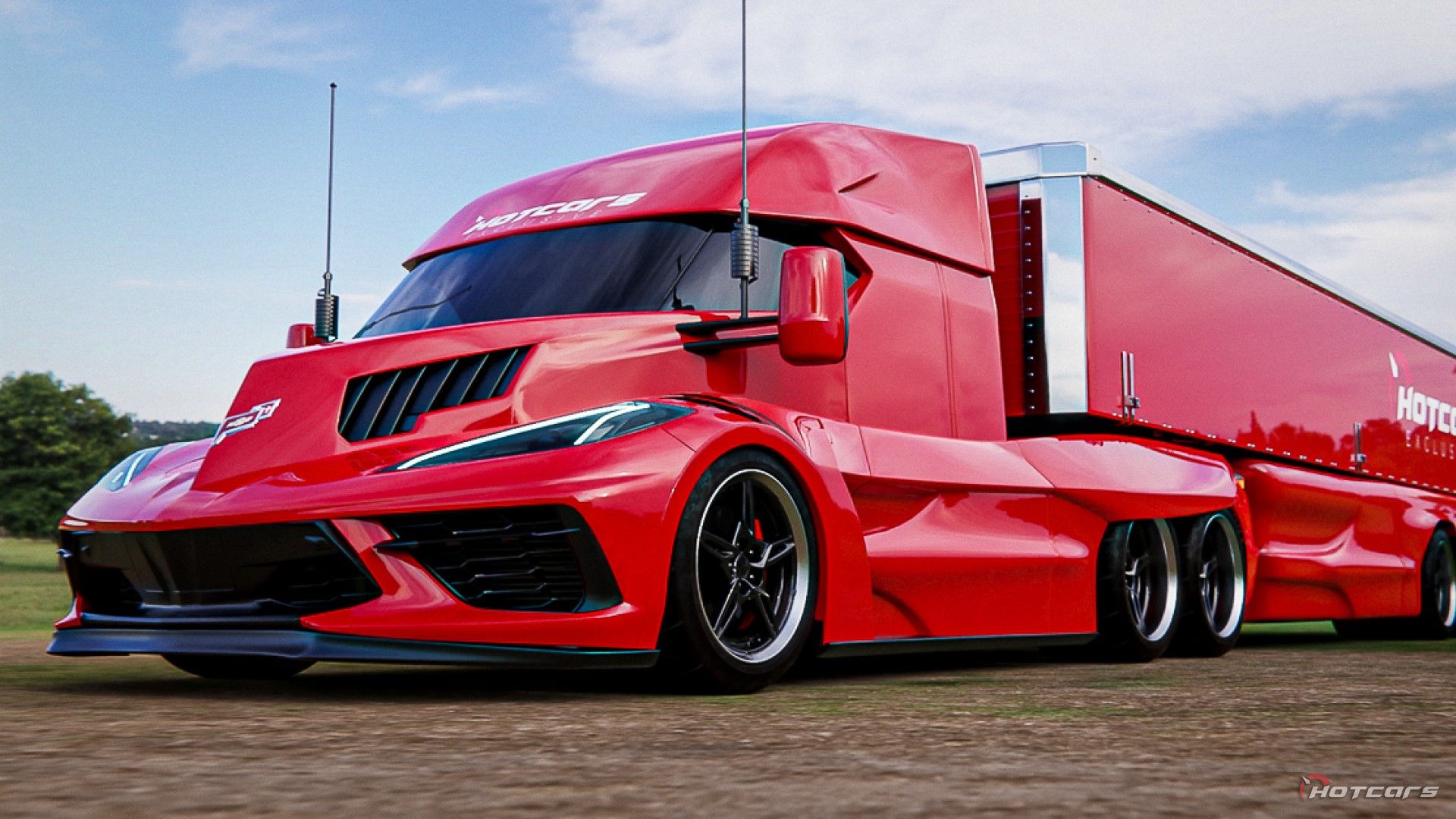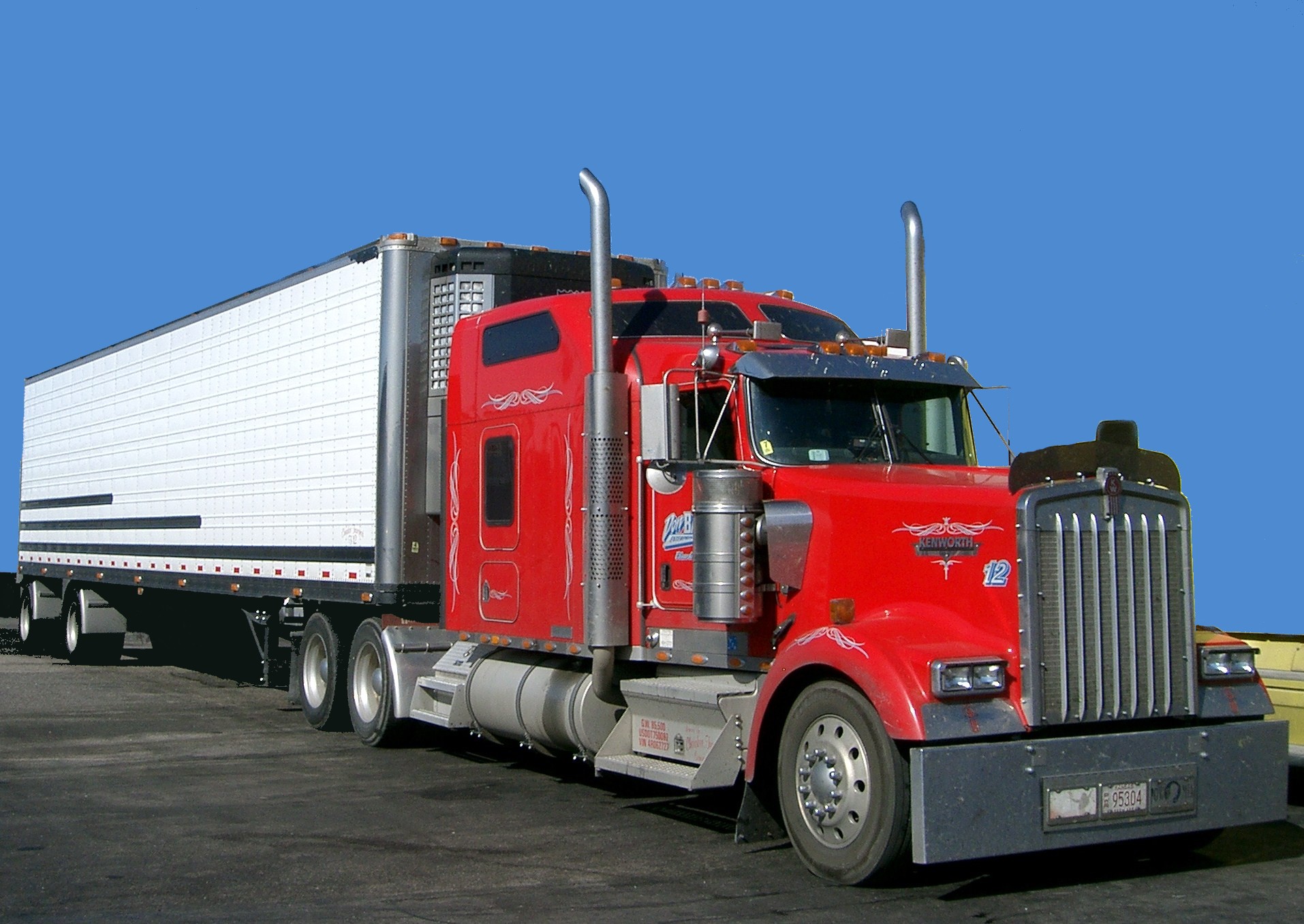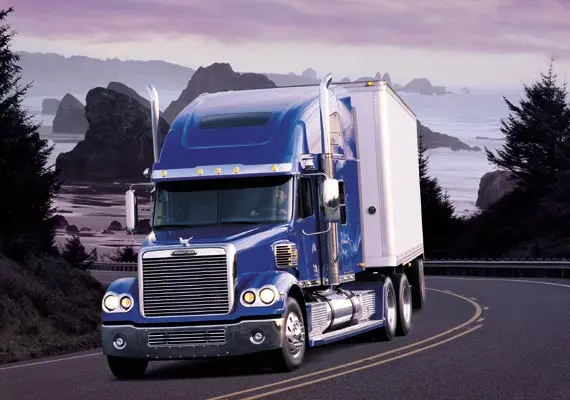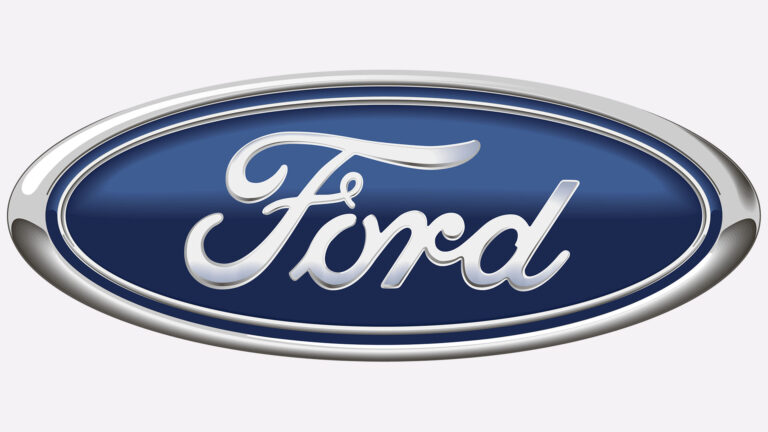Truck Canopy Fitment Guide: Securing the Perfect Cover for Your Ride
Truck Canopy Fitment Guide: Securing the Perfect Cover for Your Ride cars.truckstrend.com
A truck canopy, also known as a truck cap, topper, or camper shell, is an invaluable accessory for many pickup truck owners. It transforms an open truck bed into a secure, weather-protected storage area, offering enhanced utility, security, and even a cozy camping space. However, the benefits of a truck canopy are fully realized only when it fits perfectly. This "Truck Canopy Fitment Guide" will delve into the critical aspects of ensuring your canopy is a snug, safe, and aesthetically pleasing extension of your truck.
Improper fitment can lead to a host of problems: leaks, compromised security, accelerated wear on both the canopy and the truck, diminished aesthetics, and even safety hazards due to shifting or poor aerodynamics. Understanding the nuances of fitment is not just about choosing a canopy that looks right; it’s about making an informed decision that guarantees long-term satisfaction and performance. This guide will walk you through the essential measurements, types, considerations, and practical tips to achieve impeccable fitment for your truck canopy.
Truck Canopy Fitment Guide: Securing the Perfect Cover for Your Ride
Understanding Your Truck Bed: The Foundation of Fitment
Before you even begin to browse canopy options, the first and most critical step is to intimately understand the dimensions and characteristics of your truck’s bed. Every truck make, model, and year can have slight variations that profoundly impact canopy fitment.
- Truck Make, Model, and Year: This is the absolute starting point. Canopy manufacturers design their products to fit specific truck generations and models. For instance, a canopy designed for a 2015 Ford F-150 will likely not fit a 2020 F-150, even if the bed length seems similar, due to changes in bed rail profiles, tailgate designs, or overall bed dimensions. Always provide your truck’s full make, model, and year (e.g., 2018 Chevrolet Silverado 1500, Crew Cab, Short Bed) when inquiring about canopies.
- Bed Length: Truck beds come in various lengths: short bed (typically 5.5 ft to 5.8 ft), standard/regular bed (typically 6.5 ft), and long bed (typically 8 ft). To measure accurately, open your tailgate and measure the distance from the inside of the tailgate (where it meets the bed floor when closed) to the inside of the bulkhead (the wall of the bed closest to the cab). Round up or down to the nearest common bed length.
- Bed Width: This refers to the width across the top of your bed rails. While less variable than length within a specific model, it’s still crucial for ensuring the canopy’s frame sits flush.
- Bed Rail Height and Profile: The height of your truck’s bed rails relative to the top of the cab, and the specific shape or contour of those rails, are paramount. Canopies are designed to sit flush on these rails. Some trucks have wider, flatter rails, while others might have narrower or more contoured designs. This also influences the overall aesthetic – whether the canopy sits "cab-high," "mid-rise," or "high-rise."
- Cab Style: Your truck’s cab style (Regular Cab, Extended Cab, Crew Cab) dictates the bed length that typically accompanies it, which in turn informs the canopy choice.
- Tailgate Considerations: Some truck tailgates have integrated spoilers or unique shapes that might require specific canopy designs to allow for proper closing and sealing.
- Existing Bed Liners: Factory spray-in bed liners generally don’t affect fitment. However, thick, aftermarket drop-in bed liners can sometimes raise the bed floor or slightly alter the rail dimensions, potentially causing minor fitment issues or requiring adjustments to sealing. It’s often recommended to remove drop-in liners for the best seal and clamp security, or at least ensure the liner is perfectly flush and doesn’t interfere with the canopy’s base.

Types of Truck Canopies and Their Fitment Nuances
The material and design of a truck canopy directly influence its fitment characteristics and overall utility.

- Fiberglass Canopies: These are the most common and popular choice, offering a sleek, automotive-grade finish that can be color-matched to your truck.
- Fitment Nuance: Fiberglass canopies are highly model-specific. They are molded to precisely match the contours of your truck’s bed rails and often the cab’s profile. This custom molding ensures the best possible seal, aesthetics, and structural integrity. They are typically available in cab-high, mid-rise, and high-rise configurations.
- Aluminum Canopies: Often seen on work trucks or for heavy-duty applications, aluminum canopies are known for their durability, lighter weight, and typically lower cost than fiberglass.
- Fitment Nuance: While some aluminum canopies are model-specific, many are designed with a more universal fit, using adjustable clamps and weatherstripping to accommodate a range of bed widths and lengths within a certain size class. They may not offer the same seamless, contoured look as fiberglass but are highly functional.
- Soft/Folding Canopies: These are less rigid options, typically made from vinyl or canvas stretched over an aluminum frame. They can often be folded or rolled up for full bed access.
- Fitment Nuance: Soft canopies are generally less precise in fitment, relying on adjustable rails and clamping systems. They offer good weather protection for light rain but are not as secure or leak-proof as rigid canopies. Their fitment is more about covering the opening than perfectly matching contours.
- Pop-up/Camper Shells: These specialized canopies transform into a small living space, often with a pop-up roof.
- Fitment Nuance: These are often heavier and require specific base dimensions to match the truck bed. Their fitment is crucial for both secure transport and stable deployment as a camper. They are usually custom-ordered for specific truck models.

Design Configurations & Fitment:
- Cab-High: The canopy roof aligns perfectly with the truck’s cab roofline, offering the most integrated and aerodynamic look. This requires precise bed rail height measurement and cab-to-bed alignment.
- Mid-Rise: The canopy roof is slightly higher than the cab, providing a bit more interior cargo volume without being overly tall. This still requires good rail fitment but offers more forgiving aesthetics regarding cab height.
- High-Rise: The canopy roof is significantly taller than the cab, maximizing cargo space. While still requiring precise bed rail fitment, the height difference makes cab-to-canopy alignment less critical aesthetically.
The Fitment Checklist: Essential Measurements and Considerations
Achieving perfect fitment is a systematic process. Use this checklist to gather all necessary information before purchasing:
-
Truck Information:
- Full Year, Make, Model (e.g., 2022 Ram 1500, Quad Cab, 6’4" Bed).
- Trim Level (Laramie, XLT, etc., can sometimes indicate subtle bed differences).
- Does your truck have a factory spray-in liner or an aftermarket drop-in liner? (Note: Aftermarket drop-in liners are often recommended to be removed for optimal sealing).
- Any existing accessories on the bed rails (e.g., rail caps, tie-downs, toolboxes, bed extenders) that might interfere?
-
Precise Bed Measurements (Use a steel tape measure for accuracy):
- Bed Length: Measure from the inside of the bulkhead (front of the bed, nearest the cab) to the inside of the closed tailgate. Measure along the bed floor.
- Bed Width (at rails): Measure from the outside edge of one bed rail to the outside edge of the other bed rail, just behind the cab. Repeat near the tailgate, as some beds taper.
- Bed Rail Height (relative to cab): Measure from the top of the bed rail to the highest point of your truck’s cab (usually the roof, sometimes slightly above the cab’s highest point, depending on the truck). This is critical for choosing between cab-high, mid-rise, or high-rise for aesthetic and aerodynamic matching.
- Tailgate Clearance: Visually inspect your tailgate. Does it have a large spoiler or unique shape that might impact a canopy’s door or frame?
- Bulkhead Clearance: Ensure there’s enough space between the front of the canopy and the back of your cab to avoid rubbing, especially during frame flex over rough terrain.
-
Canopy Specifications & Features:
- Weight: Consider the canopy’s weight and your truck’s payload capacity. A heavy canopy, especially with additional gear inside, can impact handling and fuel economy.
- Window Types: Sliding, fixed, or pop-out windows.
- Door Type: Single rear door, barn doors.
- Interior Features: Lighting, carpeted headliner, clothes racks.
- Roof Racks/Rails: If you plan to carry gear on top, ensure the canopy is reinforced for this.
Installation & Securing Your Canopy: A Fitment Perspective
Even with the perfect canopy, improper installation can negate all fitment efforts.
- Proper Clamping: Canopies are secured to the truck’s bed rails using clamps. The number and placement of these clamps are crucial for evenly distributing weight and preventing shifting. Over-tightening can damage bed rails or the canopy, while under-tightening can lead to movement and leaks. Follow manufacturer torque specifications.
- Weatherproofing: A good fit means a good seal. Canopies come with bulb seals or foam tape that runs along the base where it meets the bed rails. This seal prevents water and dust ingress. Pay special attention to the front bulkhead corners, as these are common leak points. Silicone sealant may be needed in tricky areas.
- Electrical Connections: Most canopies have a third brake light and often interior lights. These require wiring into your truck’s electrical system, usually tapping into existing brake light wires. Ensure connections are secure and weatherproof.
- Professional vs. DIY Installation:
- Professional: Recommended for fiberglass canopies due to their weight, custom fit, and the need for precise placement and sealing. Professionals have specialized tools and experience, ensuring a watertight seal and proper electrical connections.
- DIY: Possible for lighter aluminum or soft canopies, but still requires careful measurement, positioning, and attention to sealing and clamping. Always have a helper due to the size and awkwardness of canopies.
Common Fitment Challenges and Solutions
Despite careful planning, issues can arise. Here’s how to address them:
- Gaps or Leaks:
- Cause: Improper sealing, uneven bed rails, shifting during transport, or damage to the seal.
- Solution: Inspect the existing bulb seal. Re-apply or replace worn seals. Use marine-grade silicone sealant in problematic corners, especially where the bed rails meet the bulkhead. Ensure clamps are evenly tightened.
- Canopy Shifting:
- Cause: Insufficient or loose clamps, no friction material.
- Solution: Re-tighten clamps to manufacturer specifications. Add a thin rubber mat or non-slip material between the canopy and the bed rails for added grip. Ensure the bed rails are clean before installation.
- Interference with Tailgate:
- Cause: Canopy rear door hits the tailgate spoiler or does not clear the tailgate when open.
- Solution: This usually indicates an incorrect model fitment or an issue with the canopy’s hinges/latches. Some canopies have adjustable latch mechanisms; consult the manufacturer. In rare cases, minor modification to the tailgate spoiler may be an option, but this is usually avoided.
- Cab Height Mismatch (Aesthetic Issue):
- Cause: Choosing a canopy that doesn’t align with your cab height (e.g., a mid-rise on a truck that would look best with a cab-high).
- Solution: This is primarily an aesthetic issue and hard to fix post-purchase. Ensure you select the correct rise for your preference during the buying process.
- Interference with Bed Liner/Accessories:
- Cause: Drop-in bed liners raising the bed floor, or existing toolboxes/bed extenders clashing with the canopy.
- Solution: For drop-in liners, removal is often the best solution for a perfect seal. For accessories, you may need to relocate them, choose a canopy design that accommodates them, or opt for a different accessory.
Tips for a Perfect Fitment and Longevity
- Measure Thrice, Buy Once: Do not guess your truck’s dimensions. Measure accurately and repeatedly.
- Consult Experts: Reputable canopy dealers and installers have vast knowledge. Leverage their expertise to confirm fitment for your specific truck.
- Verify Model Year Specificity: Be extremely cautious with canopies advertised as "universal" or for a "range" of years, especially for fiberglass.
- Consider Your Use Case: If you plan on heavy off-roading, ensure the canopy’s clamping system is robust. If security is paramount, look for reinforced latches and windows.
- Regular Maintenance: Periodically check the tightness of clamps, inspect weather seals for wear, and ensure all lights are functioning. Re-seal any areas showing signs of leaks promptly.
- Warranty: Understand the warranty on both the canopy and the installation (if professional).
Truck Canopy Types and Estimated Fitment-Related Costs
Understanding the typical costs associated with different canopy types can help you budget for the perfect fit. Prices vary significantly based on brand, features, material, and region.
| Canopy Type | Material | Fitment Precision | Typical Canopy Price Range (USD) | Estimated Installation Cost (USD) | Notes |
|---|---|---|---|---|---|
| Fiberglass Cab-High | Fiberglass | High (Model-Specific) | $1,800 – $3,500+ | $150 – $350 | Most common, painted to match, sleek integrated look. |
| Fiberglass Mid/High-Rise | Fiberglass | High (Model-Specific) | $2,000 – $4,000+ | $150 – $350 | More cargo volume, may include higher windows. |
| Aluminum Utility | Aluminum | Medium (Adjustable) | $1,200 – $2,800+ | $100 – $250 | Durable, lighter, often for commercial/work use, less aesthetic. |
| Soft/Folding | Vinyl/Canvas | Low (Adjustable) | $400 – $1,000+ | $50 – $150 (often DIY-friendly) | Flexible, easy bed access, less secure/weatherproof than rigid. |
| Pop-up Camper Shell | Fiberglass/Alum. | High (Model-Specific) | $5,000 – $15,000+ | $300 – $700+ | Specialized, transforms into living space, higher weight. |
Note: Prices are estimates and can vary widely based on features (windows, racks, interior finishes), brand, dealer, and geographical location. Professional installation costs typically include sealing and electrical hookups.
Frequently Asked Questions (FAQ)
Q1: Can I use a canopy from a different truck model or year?
A1: Generally, no. While it might seem to "fit" in terms of length, the bed rail contours, width, and cab-to-bed alignment are highly specific to make, model, and year. An improper fit will lead to leaks, poor aesthetics, and potential damage or instability.
Q2: How do I measure my truck bed accurately for a canopy?
A2: Use a steel tape measure. For length, measure from the inside of the bulkhead (front wall of the bed) to the inside of the closed tailgate. For width, measure across the widest point of the bed rails. For rail height, measure from the top of the bed rail to the highest point of your truck’s cab.
Q3: What if my truck bed has a drop-in liner?
A3: It’s highly recommended to remove drop-in bed liners for optimal canopy fitment and sealing. They can interfere with the canopy’s base, creating gaps or preventing proper clamping, leading to leaks and shifting. Factory spray-in liners are generally not an issue.
Q4: Is professional installation necessary for a truck canopy?
A4: For fiberglass canopies, professional installation is strongly recommended. They are heavy, require precise positioning, secure clamping, and often electrical wiring for brake lights and interior lights. Lighter aluminum or soft canopies can sometimes be DIY installed, but always follow instructions carefully and have a helper.
Q5: How do I prevent leaks around my new canopy?
A5: Ensure the canopy’s base seal is properly seated on clean bed rails. Pay extra attention to the front corners where the bed rails meet the bulkhead – these are common leak points. Apply a bead of silicone sealant in these areas if necessary. Regularly inspect the seal and re-apply or replace as needed.
Q6: Does adding a truck canopy affect fuel economy?
A6: Studies and anecdotal evidence suggest that a properly fitted, aerodynamic truck canopy can actually slightly improve fuel economy (1-3%) by reducing aerodynamic drag created by an open bed. However, a poorly fitting or very tall canopy, or one that adds significant weight, could negatively impact it.
Q7: What’s the difference between cab-high and mid-rise canopies?
A7: A cab-high canopy’s roof aligns with your truck’s cab roofline, offering the most integrated and sleek look. A mid-rise canopy’s roof is slightly taller than the cab, providing more interior cargo space while still maintaining a relatively streamlined appearance.
Conclusion
The journey to finding the perfect truck canopy culminates in precise fitment. It’s more than just an aesthetic choice; it’s a critical factor in ensuring the security of your cargo, protecting it from the elements, optimizing your truck’s aerodynamics, and guaranteeing the longevity of both the canopy and your vehicle. By meticulously measuring your truck bed, understanding the nuances of different canopy types, and approaching installation with care (or entrusting it to professionals), you can avoid common pitfalls and enjoy the full benefits of this versatile truck accessory. A well-fitted canopy seamlessly integrates with your truck, providing an extension of its utility and enhancing its overall appeal for years to come.





